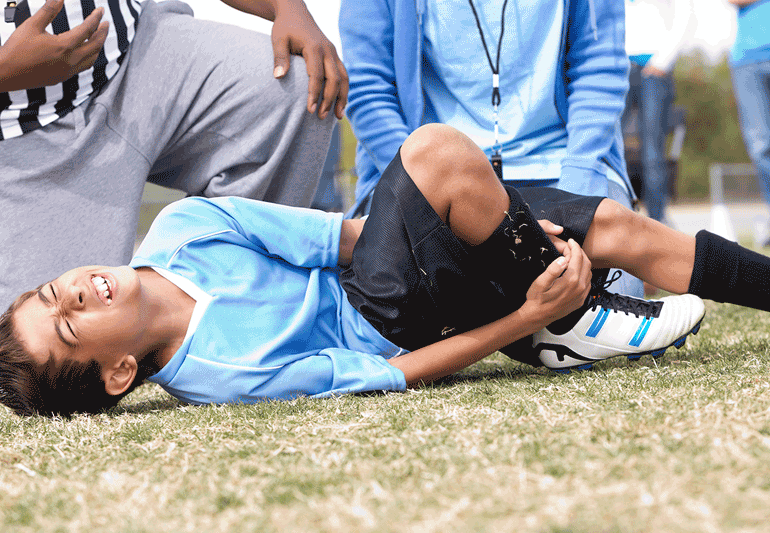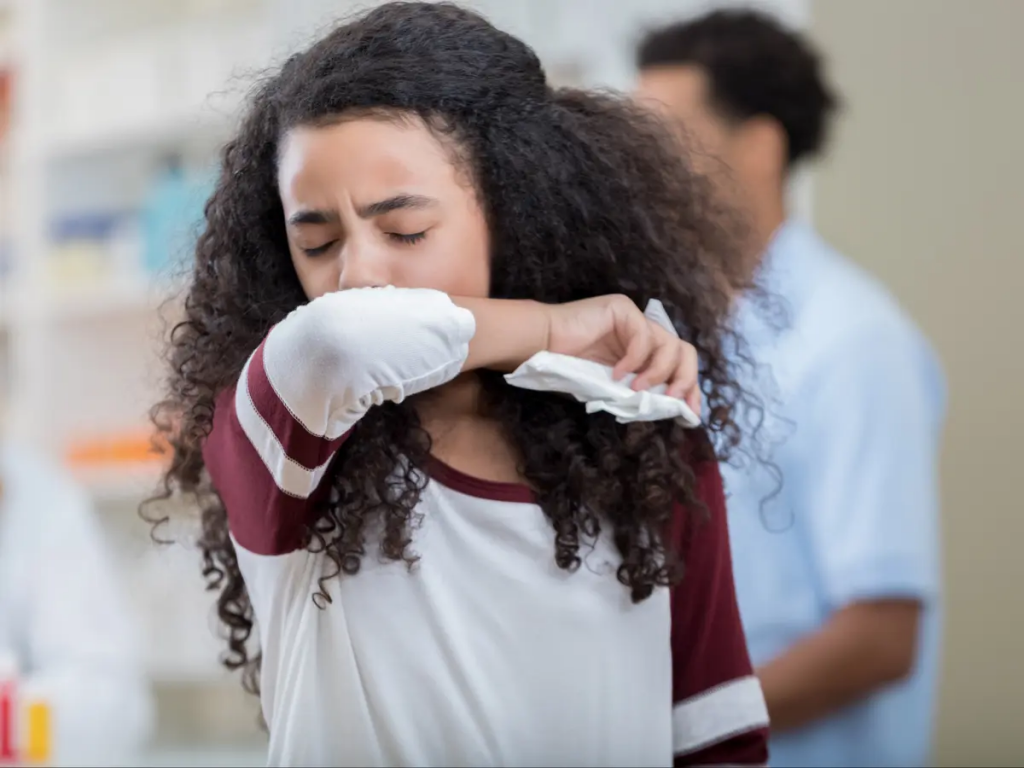
Our children spend about 7-8 hours of the day in school. While we can do our best to ensure they stay in good shape at home, there is nothing we can do once they are in school. As kids, they are prone to injuries and illness – some they get when playing, others they contact from their colleagues in school. Most illnesses and injuries that arise during school are minor (bumps, scrapes, headaches) and can be cared for by the school nurse.
In many instances, the child can return to class. When the problem is more serious, a parent will be called to come and take the child home. If the situation is extremely serious or life-threatening, the child will be transported by ambulance to the hospital emergency room or nearest physician.
Here we will talk about some common health problems faced by students in school.

1. Sprain
Students may face injuries in their ligaments while playing games. A sprain also called the torn ligament damages one or more ligaments that make up a joint. Students who sprain their legs, ankles, knees, or wrists will experience severe pain accompanied by inflammation. Unable to move the injured joint, a sprain can be very painful for students. While some of them are not-so alarming sprains, there are sprains that might call for surgery to fix them.
2. Common Cold
The common cold is one of the main health issues that students face. Every person might have suffered from the common cold at some other point in their lives. Following are the Symptoms of the common cold:
- Cough coupled with repeated sneezing
- An irritable and sore throat
- Blocked nose
Students get infected to be common cold either by coughing or inhaling. Students catch a common cold when they inhale the germs spread by the sneezing of infected students or by touching the eyes and nose of an infected student. The best treatment for this minor ailment is to stay away from students with running noses and avoid any kind of contact with the disease-causing germs and wash hands repeatedly.

3. Food Poisoning
We won’t always be there to know what our kids put in their mouths. Students who have consumed contaminated food will be at a high risk of developing food poisoning symptoms. Diarrhea and vomiting accompanied by fever with chills are the symptoms that can disrupt the health of students who have consumed contaminated food. Infected students may also show symptoms like dehydration and abdominal cramps. Treatment to control this ailment is to avoid solid foods and dairy products as they may aggravate the disease.
4. Measles
Students get this even after vaccination. Symptoms include;
- Feeling sick
- Patchy red rashes all over the face and body
- Red eyes
- Intolerance or sensitivity to light
Calling the doctor is the first thing you should do to help the infected student.
5. Bleeding Nose
Students with dry nasal membranes may face nosebleeds. Also, frequent nose picking ruptures the blood vessels inside and causes the nose to bleed. Students who are on anti-allergic or decongestion medication can also experience nosebleeds along with those who are susceptible to frequent colds and sinus issues. Frequent blowing of the nose is another cause of nosebleeds. The best way to prevent a nosebleed is to ensure proper lubrication of the nasal passages along with consciously avoiding picking the nose.

6. Influenza (Flu)
It is commonly called flu and is caused by the influenza virus. This is a mild virus that affects the respiratory tract of students. This is very common during the flu season, between October and May when it is very high. Symptoms of flu include;
- High temperature with a headache
- Running or blocked nose
- Dry cough with a sore throat
- Full body fatigue caused due to muscular aches
- Stomach complaints like diarrhea, vomiting, or nausea
Infected students can transmit flu to healthy students when they either cough or sneeze. Because it is highly contagious, students with flu should stay away from school until all the above-mentioned symptoms subside completely. To limit or prevent the spread of flu, students should get flu vaccinations as we know that Prevention is better than cure.
School admins should regularly assess the health of their pupils/students. The health complications listed above will help the school management understand the severity of the complication and also administer first aid.